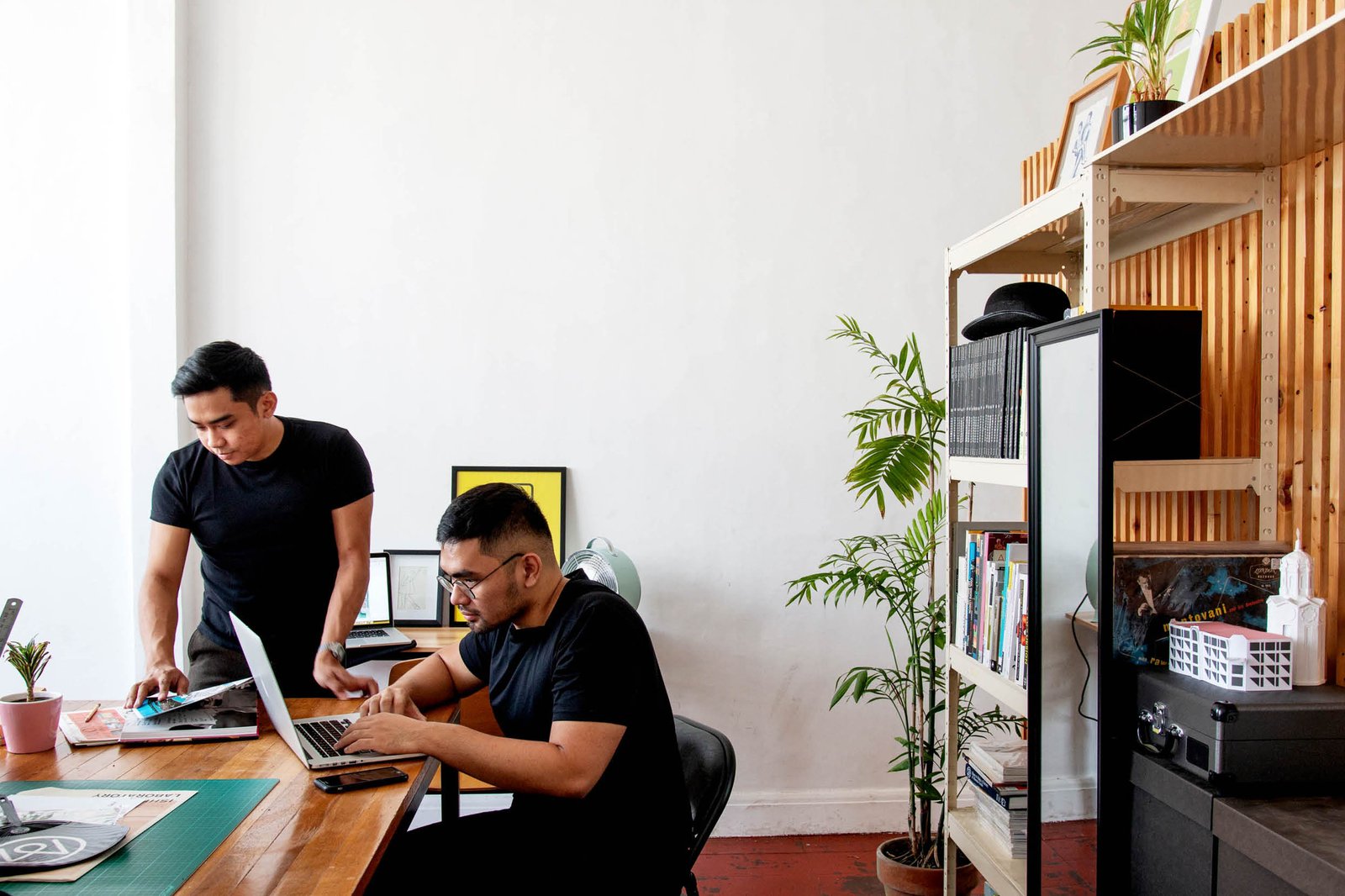Interview Patrick Kasingsing
Portfolio The Public School Manila
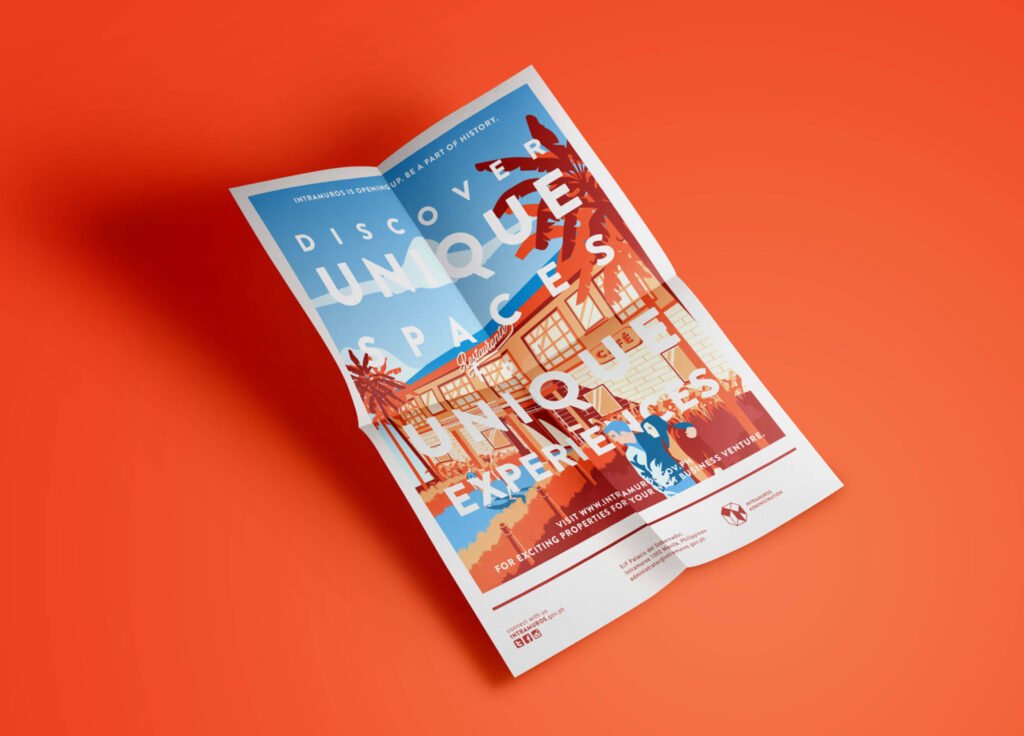



Hello, The Public School Manila! Do introduce yourselves!
Hello! I’m Reymart Cerin, co-founder with Vince Africa of The Public School Manila, a branding and design studio based in Escolta. We also run The Manila Creative Exchange, an independent initiative that serves as a platform for creatives in Manila to collaborate and foster a community through talks, publications, and community-based projects.
Let’s talk studio beginnings. What pushed you two to start The Public School Manila?
My partner (Vince Africa) and I were about to re-launch a streetwear brand back in 2015. However, during the branding and planning stage, Vince also had to deal with more clients than he can accommodate. So out of necessity, we eventually found ourselves opening a design studio. He used to work as an art director for Team Manila while I did accounts management for Vgrafiks for a while. I guess our passion for good design and love for Manila brought us together to form the studio, where our work mostly revolves around the two.
Your studio has forged a strong bond with the city (Manila), particularly your neighborhood of Escolta. Why did you decide to set up shop in this location?
There’s this interesting story about how Vince was working on a documentary in his past job and got to interview Robert Sylianteng of First United Building. During this interview, Robert toured Vince around the building and they stumbled upon a studio which Vince posted a picture of online. He was fascinated with it because of the big windows and abundant lighting—it really looked like a dream studio. And then voila! Two years after, that studio ended up becoming the home of The Public School Manila.
But aside from that, we’re just really very passionate about the untapped potential of Manila, with its deep history and cultural significance. It’s a city that gives us a glimpse of our past and easily connects us to our struggles as a people—something that is a very potent well of inspiration.




A variant from the Defining Quirino poster series, honoring former President, Elpidio Quirino 
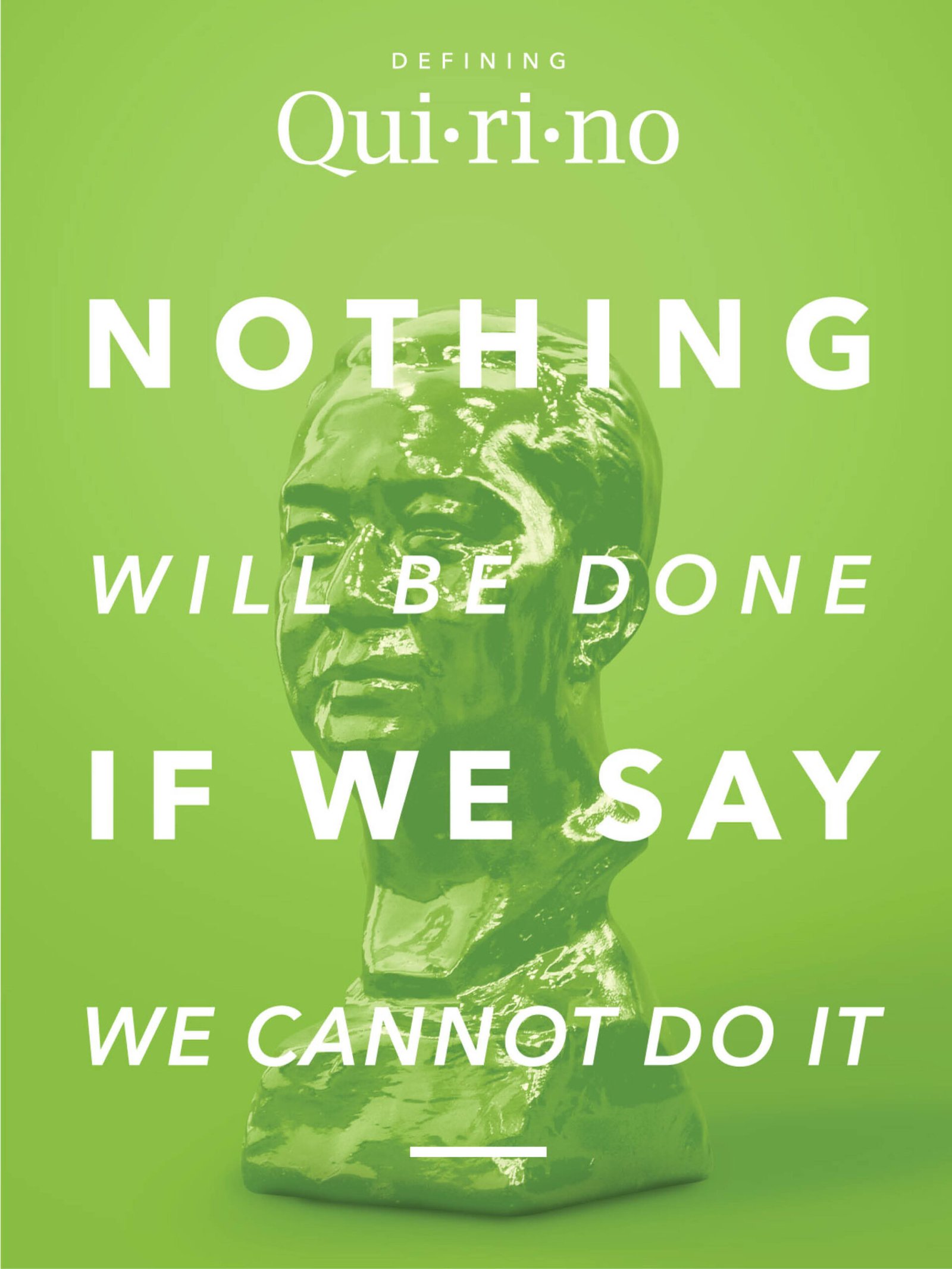
The posters bannered the commemorative exhibit celebrating the late President’s 125th birth anniversary
Kudos to you and the young folks who have contributed to bringing life and a promising future to what was once the city’s busiest street. What made you believe in the potential of Escolta?
The authenticity of the place and the beautiful architecture are things that are hard to find anywhere else in the city. That, and the openness of the Syliantengs when it came to new and creative approaches of reintroducing Escolta to the younger generation. These factors are what made the community what it is right now.
How has the city and Escolta influenced your work and approach to graphic design and branding?
Manila is a fount of inspiration! It is both too much and too little at the same time, and these contrasting qualities have sharpened our senses to both appreciate the multitude but also to learn to parse through the noise to get our message across. We are also big fans of Japanese and Swiss design; one thrives in excess and fun while the other flaunts sheer functionality with the least possible design elements. All these factors influence the work we put out.
What’s a normal day in the office like?
We usually open the studio before lunch. Then we say hi to our neighbors who have become very good friends—especially the guys at one/zero design collective since they’re just next door. Sometimes, we drop by the Kalsada Coffee office on the fourth floor when they have new beans from their farms or dark chocolates they might want to share, but usually, we grab our first cup at The Den. Then we proceed to our usual workday routines that sometimes include entertaining
visitors who would like to check our studio or Standard Objects—this little shop we set up inside the studio. Other creatives and friends drop by every now and then to bounce off new ideas for Escolta and other initiatives.
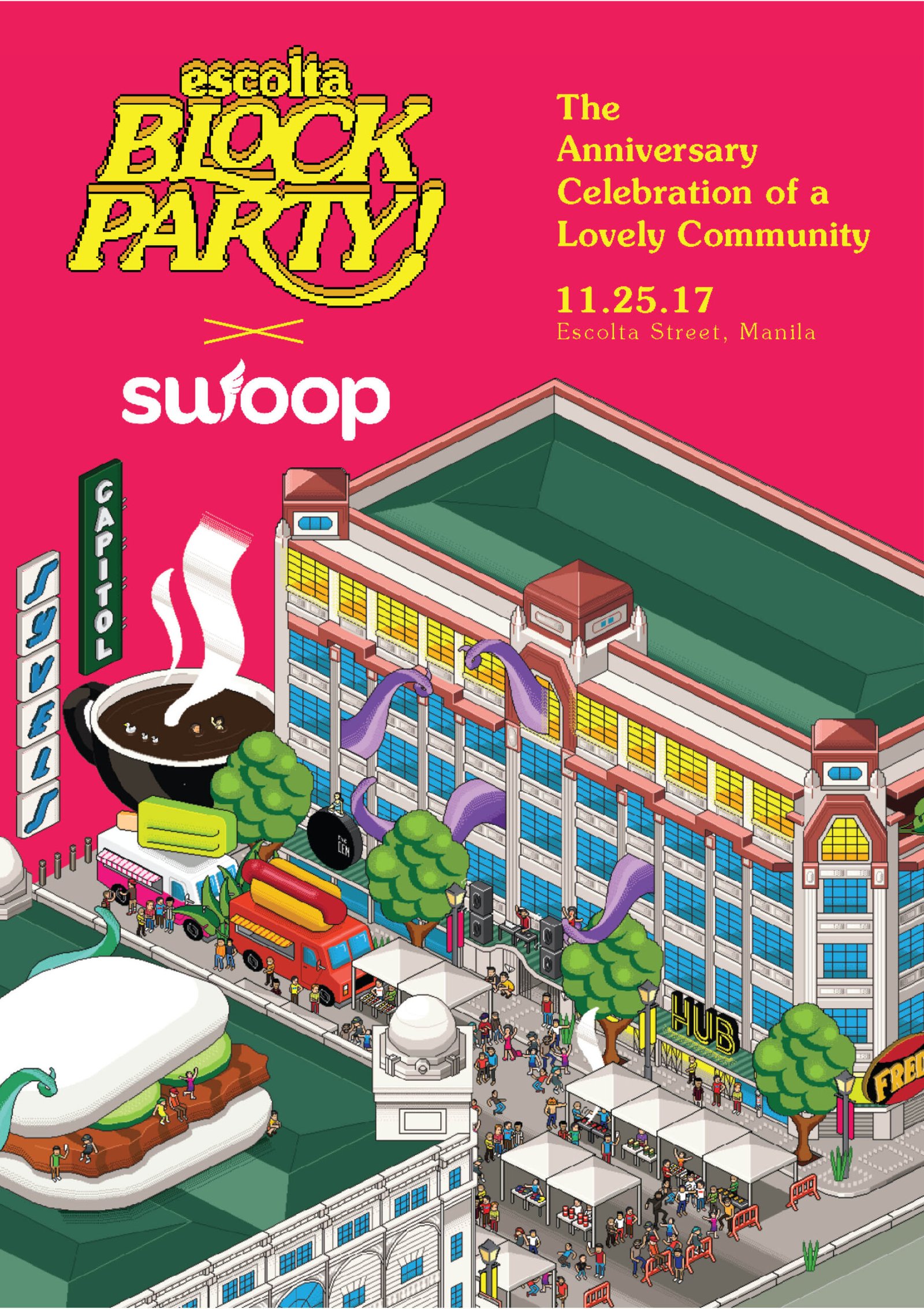



As of now, most of the work output we see from the studio are Escolta-centric. What design works and projects can we expect to see from the studio in the future?
We haven’t had the time to put much of our work out there but we’ve been consulting for various government agencies like Intramuros Administration, Nayong Pilipino, Department of Tourism, Department of Transportation, MMDA, etc. Not much has changed since we started in terms of focus, we still want to work with government agencies, non-profit organizations, and start-up companies.
Aside from that, we’re planning to work on more projects through The Manila Creative Exchange. It’s an initiative that we started along with artist Anjo Bolarda and architect Angelo Ray Serrano. We want to tap Escolta and the existing creative community to help the new generation of creatives in terms of discussions, connections, and exploring their potentials.
Manila isn’t without its problems, and I’m sure this is something you guys are reminded of, being based in the city. As creatives, what issues or problems of the city can be addressed through design?
Where to begin? Well, I think one of the fastest ways we can all help is through the communication and branding materials of different agencies. Especially in this day and age of social media and fake news, being able to communicate whatever it is that you’re trying to say is already hard in itself—more so in an effective and affecting way. It doesn’t hurt also to approach different agencies if you would like to lend a hand because most of the time they just don’t know where to find the right designers for their projects.
Any urban myths about working in Manila that you’d like to debunk?
I can only think of two things right now: Traffic and security. It takes me more time to get out of Makati or BGC to anywhere than going to Escolta from Mandaluyong. Manila is very accessible via LRT and the MRT, and even via the Pasig River Ferry. And you can pretty much walk around Escolta and Binondo without worrying that much about your valuables even in the wee hours of the night.
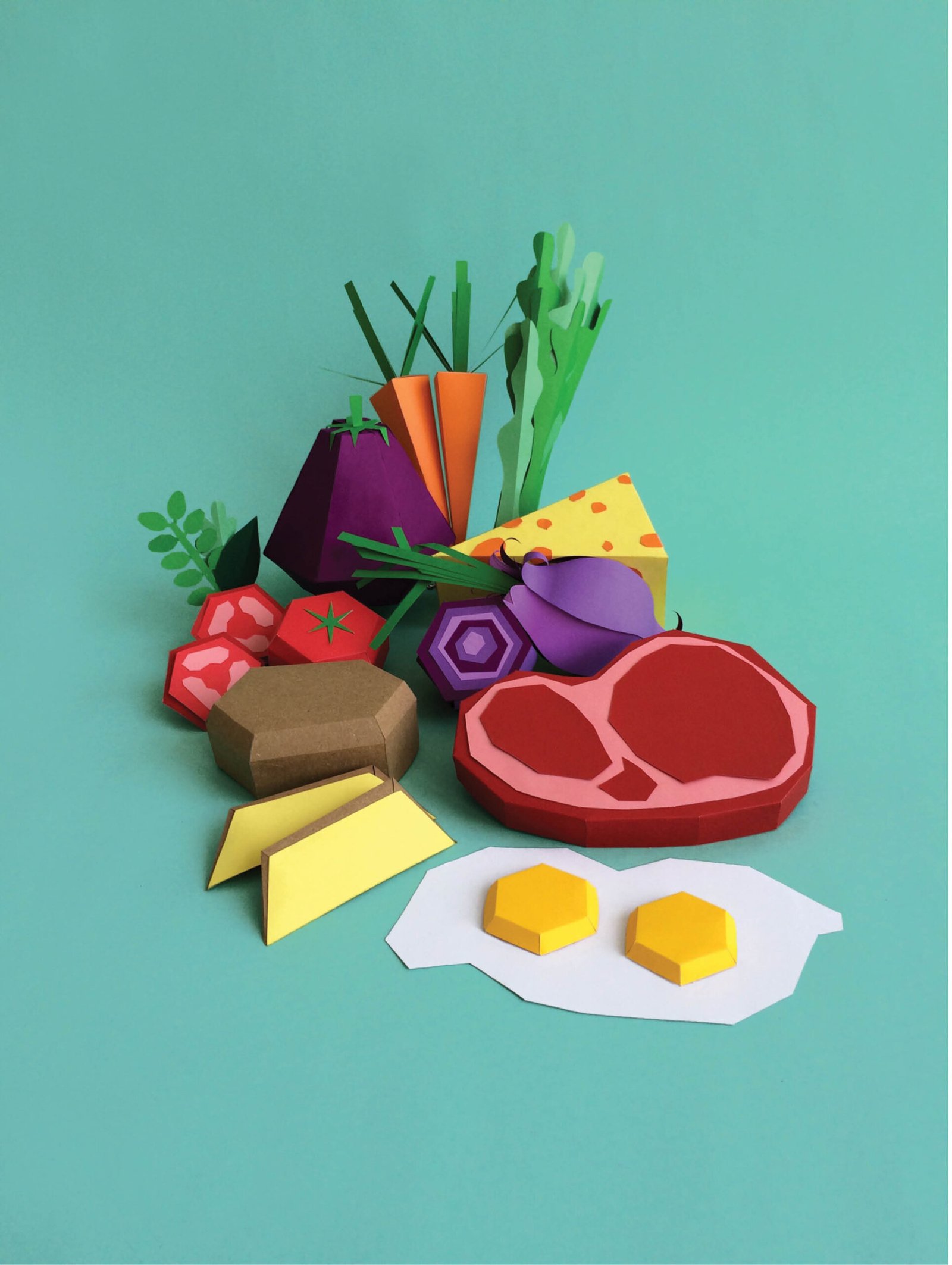

“Urban myths? you can pretty much walk around Escolta and Binondo without worrying about your valuables in the wee hours of the night.”
What other qualities of the city do you love that is often overlooked by everyone else?
As cliché as this may sound, the vibrant energy and dynamism of the city and the people who live in it. I also love how Manila runs 24 hours a day—something that I’m surprised is not the same with other neighboring capitals. But above all are the many creative possibilities that it allows you to explore with its collaborative minds around and frequent challenges with the limited resources.
The continuing revitalization of Escolta has been a bright spot for Manila, thanks to the efforts of creatives like yourself. However, there are various other spots in the city that could benefit from the attention. What do you think made for the continuing success of the Escolta story, and how could this be replicated in other places within Manila?
Personally, I think we have a long way to go before we can say that we’re “successful”. But thank you for thinking that—a lot of people are working hard to give Escolta new life. There are a lot of challenges in terms of focus and communication because we’re practicing in different industries and our resources are limited since we’re all independent. But I think the ‘success’ that you mentioned is because of the passion of all the people who work in Escolta and the time and effort that they devote to its flourishing. The term “passion” has been given many different connotations along with the generation of “millennials” but truly, it’s the one thing that runs all of these creative hubs around the world. And if one is to “replicate” it, they must find enough passionate people to run the show and steer that community to creative success.
What do you guys do in your free time? Any hobbies or advocacies that you pursue on the side?
We’re always out there trying to find new inspirations from music, film, art, food, and design. I always try to catch local film festivals and gallery openings to provoke and stimulate creative thinking. It’s always best for creatives to find new things that interest them so that they stay inspired to work and respond to these different stimuli. We recently opened a café in Malate called blocleaf café, which keeps us busy too, and it came along through our curiosity and passion for great local coffee. Lately, I got into functional and kettlebell training just to give me some sense of trajectory when it comes to my personal health. •
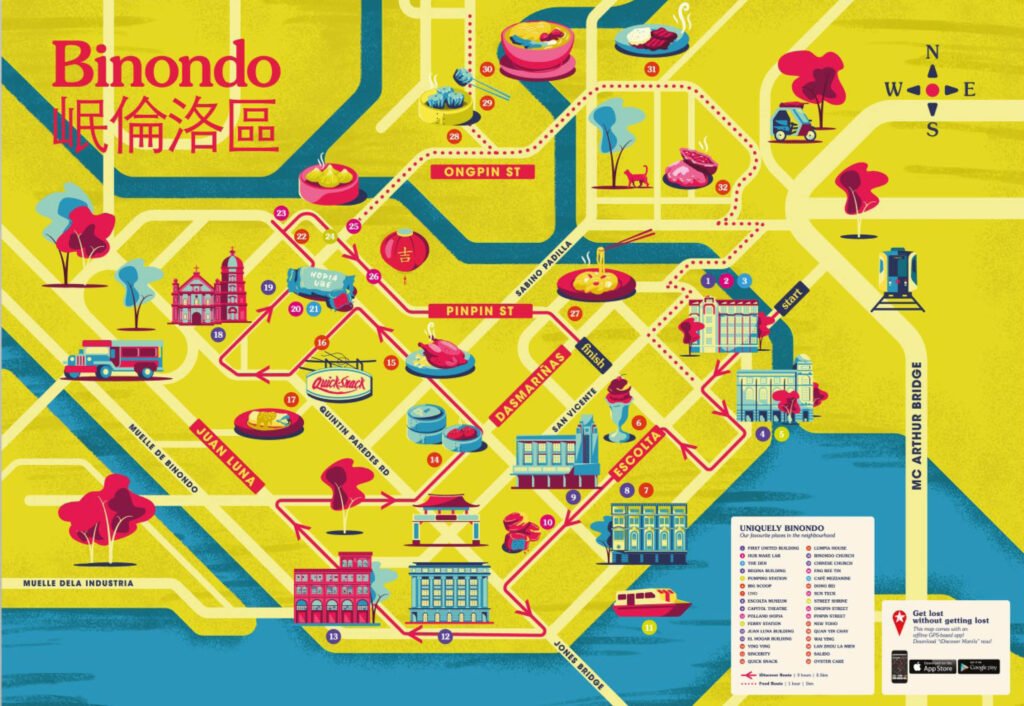



More works coming out soon at publicschoolmnl.com
*Originally published in Kanto No. 3, 2018. Edits were made to update the article.
